
Product information
Domaine Didier Dagueneau Silex VDF 2022
Sauvignon Blanc from Pouilly-Fumé, Loire Valley, France, Centre Loire
$505
Description
“The 2022 Silex is not a lot of fun upon release; dry and tense, it really needs time to mellow. There’s flesh from the clay element of its clay-flint soils, which is felt on entry but tightens up as it moves through the mouth. This remains a wine of drive, firmness and upright structure; it speaks of the place it comes from rather than its variety. Aromatics are almost a forgotten element; this is a wine about structure and texture. There is a lemony, wild goat cheese-like note and a distinct flinty whiff. Silex, after all, means flint in French.”
Rebecca Gibb MW, Vinous 94 points
La Revue du Vin de France (Green Guide): 96 points
The first bottle of Didier’s wines I devoured was a bottle of Silex in 2001 with Doc when I was working with him at Yarra Yering. We were looking to benchmark for the Dry White No.1, a Semillon, Sauvignon Blanc blend. It was included in a bracket with some exceptional white Bordeaux. Prior Didier’s wine I had not been impressed by the Pouilly-Fumé I had tasted, most of it green, weedy, cats piss. Silex was a breath of fresh air.
Jefford’s commentary sums it up beautifully.
“His wines smelled not of Sauvignon Blanc … but of……Spring. Sipping the Buisson Renard was like standing beneath a waterfall: the flavours were clean, limpid eerily palpable, a soft shock. The silex was not the parody flintlock of popular myth; it was pure, sappy, soaring, rich, finishing with just a hint of stone after rain. I had not been expecting this calm and majestic retreat from the varietal. I learnt something new.”
Andrew Jefford, The New France
In stock
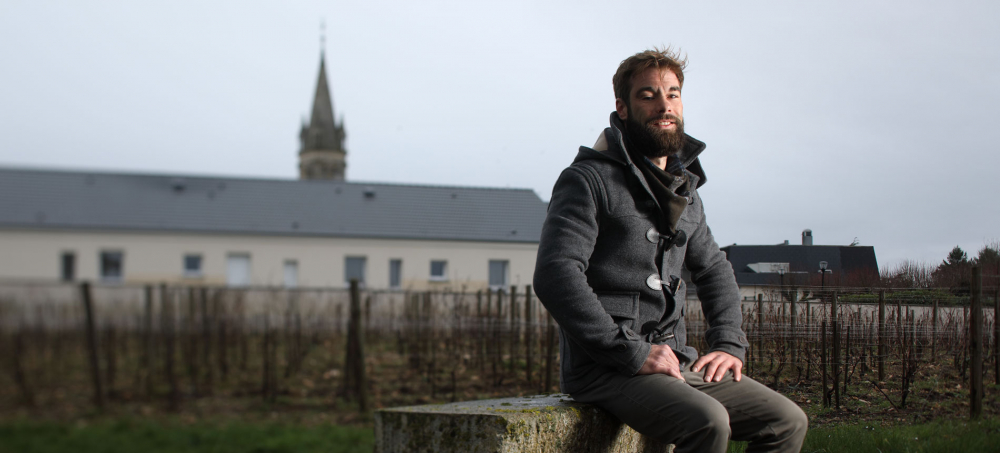
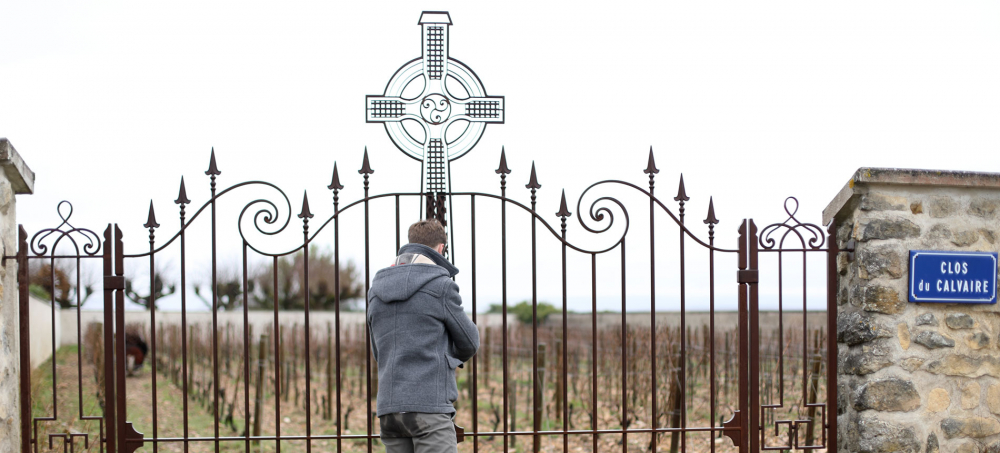
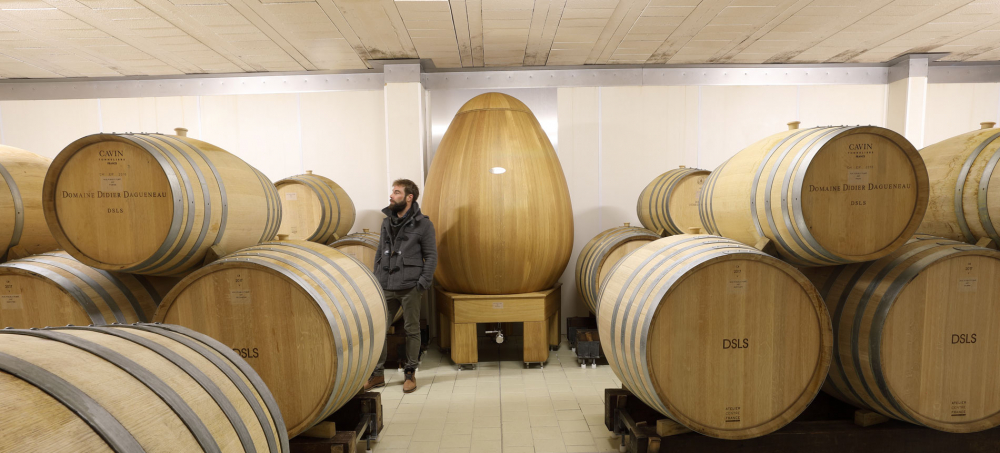
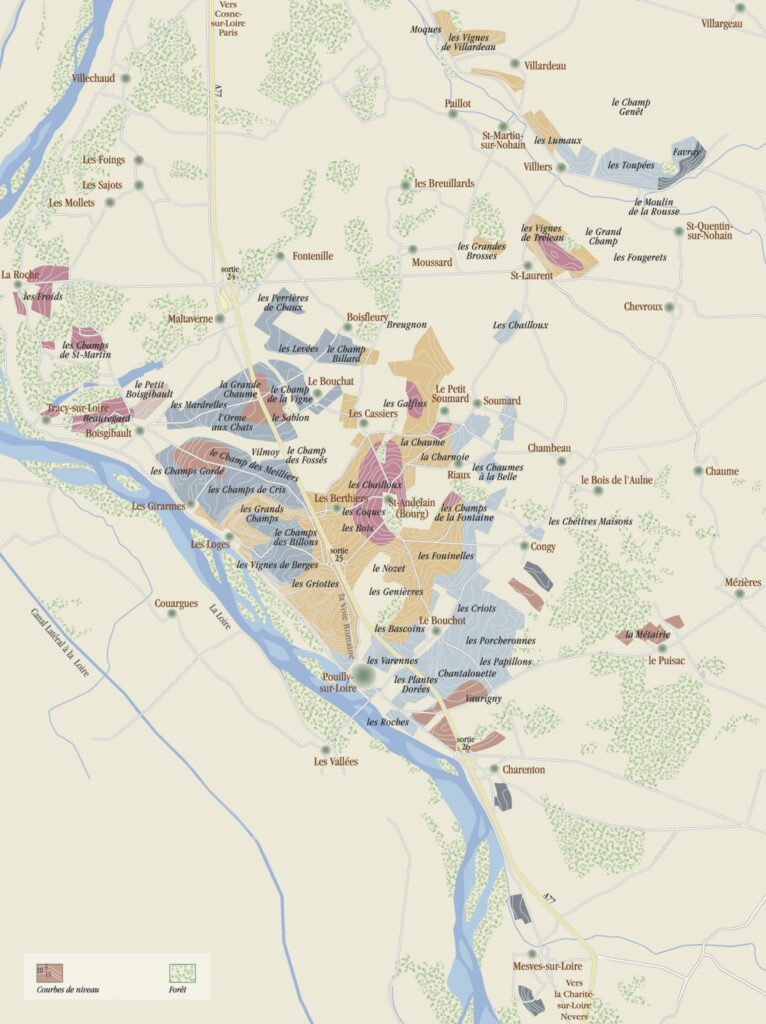
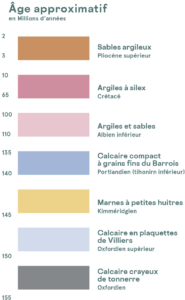
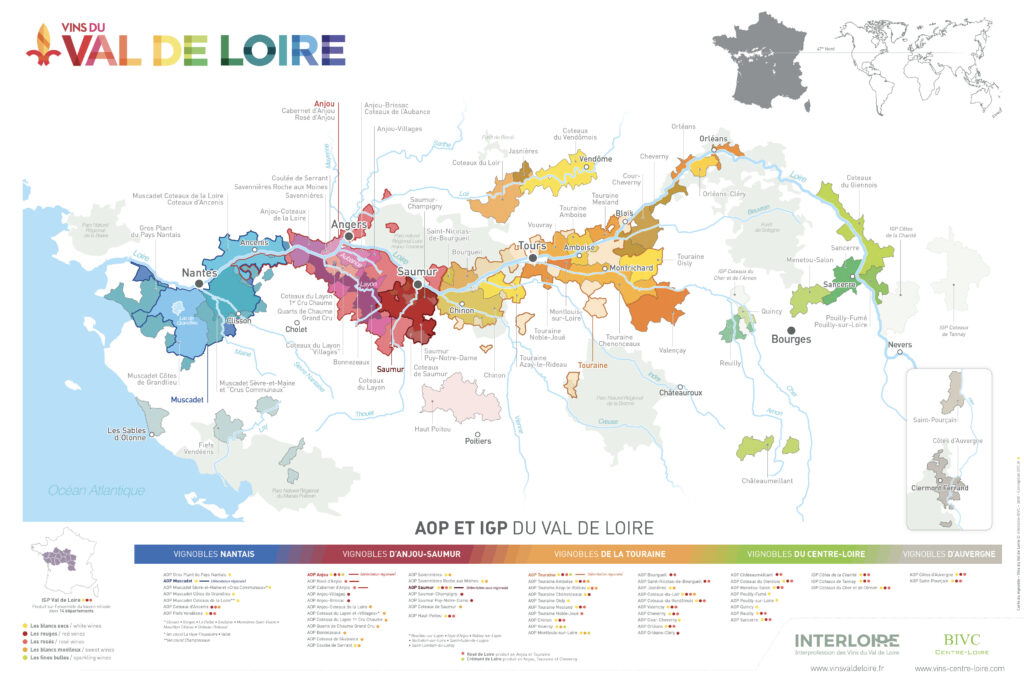

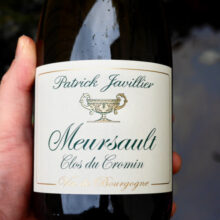

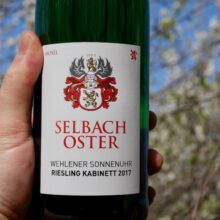
You must be logged in to post a comment.